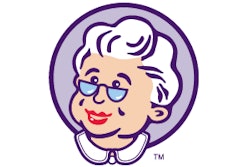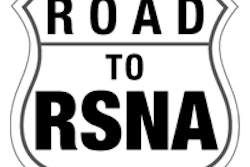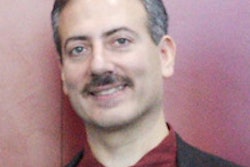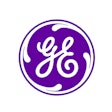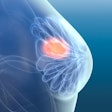Wednesday, December 2 | 11:00 a.m.-11:10 a.m. | SSK10-04 | Room S102D
Small-group discussion sessions driven by an iPad can improve the retention of clinical anatomy instruction among medical students, according to researchers from Tufts University.While the American College of Radiology's Imaging 3.0 initiative focuses on the value of the radiologist in the current healthcare system, the focus of radiology medical student education is on interpretative training, according to presenter Dr. Robert Ward.
"[This is] an approach that in our opinion devalues the radiologist by suggesting that in just two to four short weeks, a student may competently render a valid interpretation," Ward told AuntMinnie.com. "Building on the great success of Dr. Susan Rachlin from New York Medical College, our group chose to penetrate the medical student experience early by bringing imaging and imagers to the first-year clinical anatomy lab."
One of the goals was to bring clinical relevance to a seemingly random and disconnected process of rote memorization, Ward said. The team worked closely with the anatomy department to create a curriculum that emphasizes the mastery of anatomical concepts through imaging rather than training on early interpretative skills.
"No student is under the assumption that after their anatomy course they are trained to perform surgery. Why should imaging be different?" Ward said.
A radiology anatomy minicourse was incorporated into the curriculum, featuring approximately five minutes of small-group discussion in front of a large, wall-mounted, flat-screen display. A third-generation iPad was used to project images that were specific to the laboratory curriculum, according to the researchers.
"The small-group sessions emphasized clinically relevant anatomy in the context of practical care, a unique perspective that radiologists may bring to the educational experience," he said.
Those second-year clinical anatomy students who completed the iPad-driven minicourse performed nearly 10% better on an anatomy exam more than a year later, compared with a previous class who did not take the course. The difference was statistically significant.
"Scores were relatively low in both groups, suggesting that perhaps anatomy instruction may benefit from a longitudinal, integrated-systems approach utilizing prosection in contrast to three months of student-led dissection," Ward said. "Ultimately, students viewed the experience favorably, and we were able to identify students interested in radiology at the very start of their medical careers."





